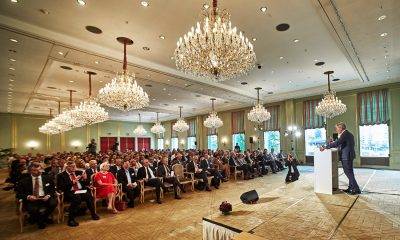

Economy
Mongolia Fights to Stabilise Currency
The government of Mongolia and its central bank are fighting to halt the continued depreciation of the country’s currency. The tugrik has lost half of its value since the economic recession of 2008. The country is facing its own economic recession, as commodity prices have dipped sharply. The country’s top exports – copper and coal – have seen their prices reach near record lows, coinciding with the freefall of the tugrik. Copper prices are half of what they were in 2011, following the short lived rebound they experienced after the crash of ’09.
The central bank of Mongolia – Mongolbank – raised the policy interest rate to 15% on august 18th. The tugrik was having the worst performance of any currency, having slid 8% to the dollar in the first three weeks of August alone. The decision improved the currency’s exchange with the dollar from 2,272 to 2,256. The recession in Mongolia is not unrelated to the economic slowdown of its largest trading partner – China. Monogolian gold, copper and coal were in high demand by China until their economy began slowing. Mongolia’s economy is projected to grow by less than 1% this year, a significant detour from its 17.5% growth in 2011, when commodity prices were still high and foreign investment was steady.
The country’s new government has pledged to make changes to its policies to attract more foreign direct investment. They have also proposed a spending freeze, reduction of civil servants’ salaries and debt reduction strategies. Widespread discontent by the masses might be the major problem the government will have to deal with at the moment, as government debt is now projected to reach 80% of GDP, compared to the 55% projected by the previous government that was replaced in June.















